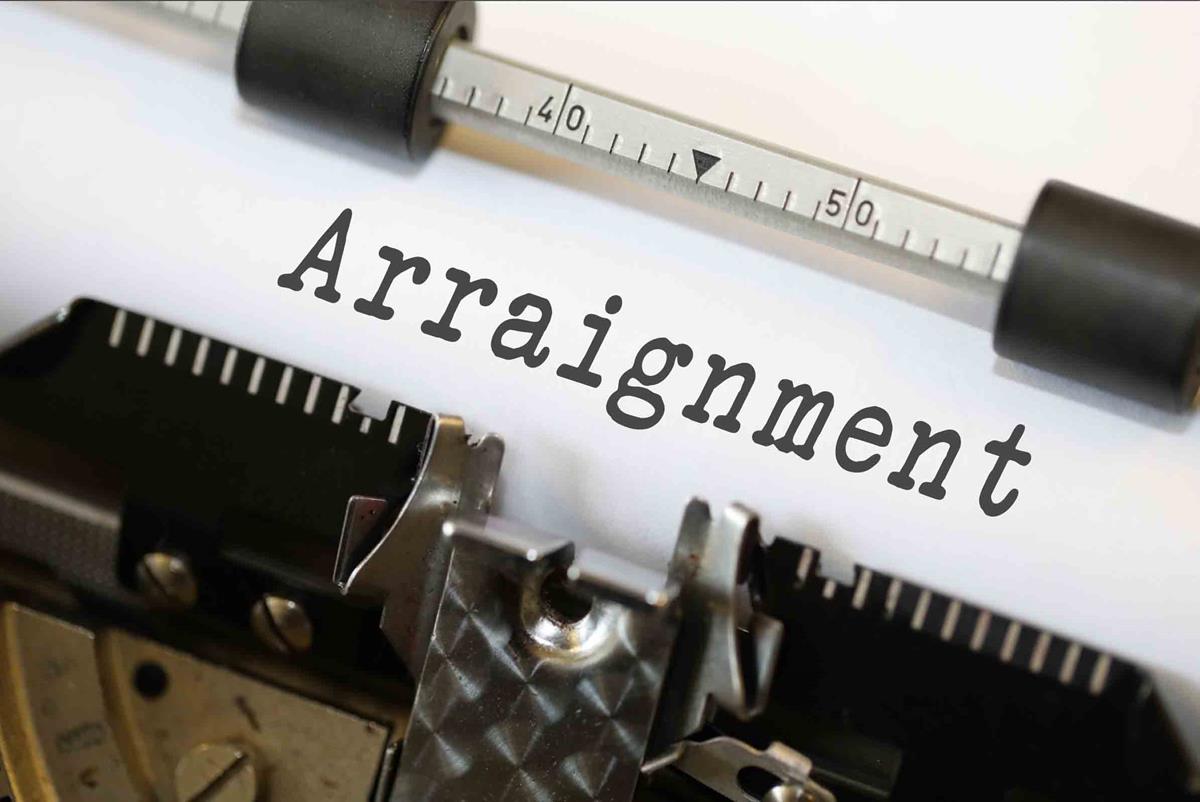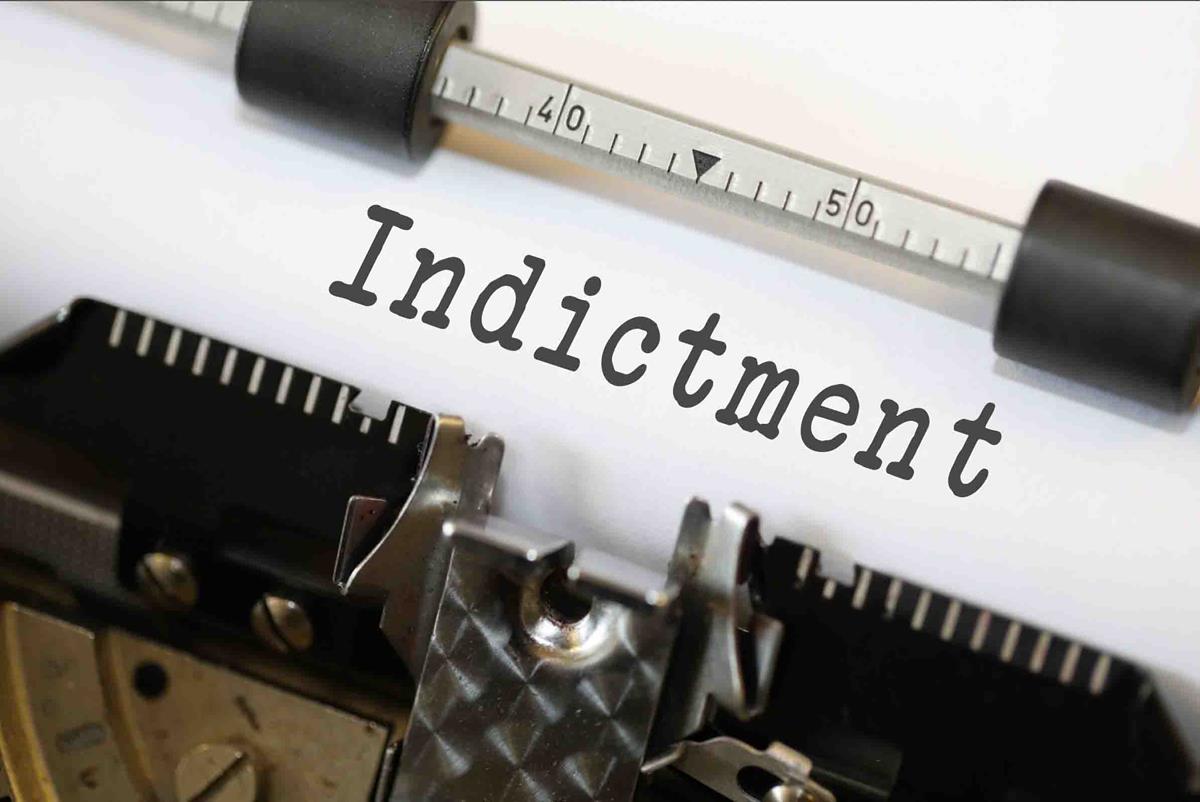Difference Between an Arraignment and an Indictment
What is an Arraignment?
An arraignment is a formal legal proceeding that takes place in a courtroom before a judge in which individuals who have been detained by law enforcement authorities are presented with the charge or charges against them and have an opportunity to respond to the charges.
Arraignments must take place within a short period of time after an individual is detained by law enforcement. The amount of time between arrest and arraignment will vary depending upon whether the defendant is in federal or state court and the nature of the crime being charged.
The proceedings in an arraignment will also vary somewhat depending upon the process through which the individual came to be arrested. There are basically three ways in which a person can be arrested leading to an arraignment:
- An individual has been arrested by law enforcement during the suspect commission of a crime. In these cases, the indictment might be first announced to the defendant at the arraignment proceeding at which they will be asked to plea.
- An individual has been arrested by law enforcement for their failure to comply with a previous legal process, like, for example, probation violations.
- An individual has been arrested after a grand jury or prosecutor has issued an indictment charging them with a crime.
An arraignment is not a trial. The prosecutor does not have to prove the charges and the accused does not attempt to refute or object to them. The prosecutor simply provides an explanation, usually in the form of an indictment, to the judge as to why the individual is being detained by law enforcement and the individual responds with a plea of guilty, not guilty, or no contest (nolo contendere).
Arraignments rarely end a legal case unless the judge deems the prosecutor’s presentation of charges against the accused to be so insufficient in meeting basic legal requirements that the judge chooses to dismiss the charges. This occurs very infrequently.
Another issue typically addressed at an arraignment is the question of bail. Since arraignments follow formal charges being filed against an accused individual, in most cases, law enforcement will conclude that this individual either poses a danger to others or might flee the jurisdiction of the court in order to avoid punishment for the criminal actions for which they have been accused. Lawyers representing the prosecutor and defendant each have the opportunity to offer their positions on the issue of bail and the judge issues a ruling.
Finally, judges will set a trial schedule or at least set a date for the next hearing, although this again will vary based on jurisdiction, the nature of the crime, and particular circumstances of the parties involved.
An arraignment has the following characteristics:
- An individual who has been charged with a crime or detained by legal authorities has the opportunity to appear before a judge and respond to the charges.
- Accused individuals have the right to be represented by a lawyer and are given the opportunity to request a lawyer from the court if they cannot afford to provide one on their own.
- The judge will make an initial decision on the question of bail after hearing brief arguments from both the prosecuting and defense attorneys.
- The judge will set the date for the next proceeding in the case and outline a preliminary time frame for the beginning of the trial.
What is an Indictment?
An indictment is a formal criminal complaint issued by a legal authority that charges a person with having committed a criminal action. In federal courts, indictments must be issued by grand juries, which is a group of citizens that reviews the evidence accumulated by federal prosecutors and decides whether there is sufficient probable cause to charge the individual in question with a crime. In state courts, the process varies. In most states, prosecutors can issue indictments without approval of a grand jury but different states and counties have different rules on procedures and in many cases, the process will depend upon the crime being charged.
Once an indictment has been issued, law enforcement officials are legally allowed to take the individual into custody if they have not already done so. Individuals are not legally entitled to an attorney prior to being indicted unless they have been previously detained and/ or interrogated by the police. Individuals always have the right to have an attorney present when in custody of law enforcement control only have a legal right to be provided legal representation if they cannot afford it.
Indictments can be issued before or after a person has been arrested. Sometimes a person can be arrested while being suspected of committing a crime and are then indicted after the arrest and subsequent investigation. In other cases, an indictment can be issued based on an investigation which results in the arrest of the individual in question.
An indictment
- is a formal complaint issue by a legal authority charging an individual with a crime.
- is issued by a formal legal authority- either a grand jury or a prosecutor.
- allows law enforcement to take an individual into custody.
- is not uniform across the country; different states and jurisdictions have different rules.
- does not require that the accursed individual has the right to an attorney prior to the indictment being issued.
Similarity Between an Arraignment and an Indictment
-
Due Process
Both an arraignment and an indictment are based upon the 6th Amendment to the Constitution, one of the original Bill of Rights.
Differences Between an Arraignment and an Indictment
-
Purpose
The purpose of an arraignment is to formally process an individual charged with a crime whereas the purpose of an indictment is to formally charge an individual with a crime.
-
Timing
An indictment is almost always issued before an arraignment takes place. Arraignments can only take place after an arrest is made while indictments are often issued before an individual is taken into custody.
-
Legal Representation
At an arraignment, an individual is entitled to legal representation and the court will provide one if a defendant is unable to provide one of their own. With indictments, the accused are not necessarily entitled to legal representation prior to the indictment being issued. If the are arrested before they `1
-
Consequences
An arraignment typically results in a trial date being set and the accused either being released subject to bail conditions or being remanded to custody if bail is not allowed. Most defendants are given the opportunity to post bail and be free until trial, except for very serious felonies like murder.
Arraignment versus Indictment: Comparison Table
Summary of Arraignment versus Indictment
- An indictment is a formal legal document charging an individual with a crime whereas an arraignment is a court hearing in which this document is formally presented in court and the accused responds to the charge.
- In most cases, an indictment will come before the arraignment.
- Defendants may have legal representation throughout the process but the court is not necessarily required to provide the accused with a lawyer until after the indictment.
- Both an arraignment and an indictment are part of an individual’s constitutional right to due process and are based on the language of the 6th Amendment to the US Constitution.
- Difference Between an Arraignment and an Indictment - May 2, 2018
Search DifferenceBetween.net :
Leave a Response
References :
[0]Akhbari, Ki. “Understanding Criminal Indictment.” Understanding Criminal Indictment | LegalMatch Law Library | LegalMatch Law Library, LegalMatch Law Library, 13 Apr. 2018, www.legalmatch.com/law-library/article/criminal-indictment-lawyers.html.
[1]“Federal Criminal Timeline.” The Office of the Federal Public Defender, Eastern District of Virginia, vae.fd.org/
[2] “Rule 10. Arraignment.” LII / Legal Information Institute, Cornell Law School , 30 Nov. 2011, www.law.cornell.edu/rules/frcrmp/rule_10.
[3]Samaha, Joel. Criminal Procedure. 8th ed., Cengage Learning, 2011.
[4]Schwartzbach, Micah. “Arraignment: Getting to Court.” Www.nolo.com, NOLO, www.nolo.com/legal-encyclopedia/arraignment-getting-court.html.
[5]Shuib, Ahmad. “Arraignment.” Defendant, Court, Defendants, and Arraigned, Jrank Law, law.jrank.org/pages/4446/Arraignment.html.
[6]Image credit: http://www.thebluediamondgallery.com/typewriter/images/indictment.jpg
[7]Image credit: http://www.thebluediamondgallery.com/typewriter/images/arraignment.jpg



